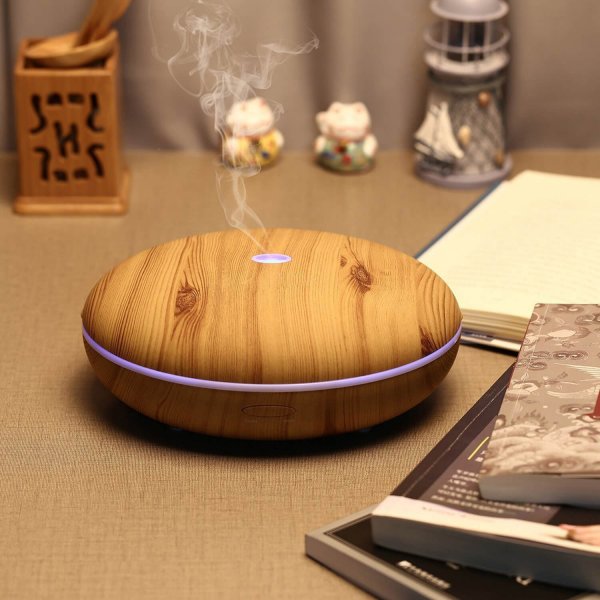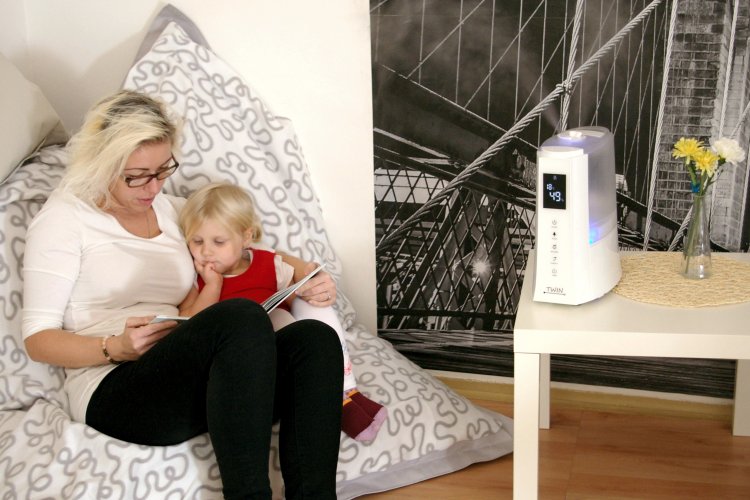

4 advantages (and 1 disadvantage) of desiccant dehumidifiers
Feb 20, 2025High humidity can be unpleasant. If you're choosing a dehumidifier, this brief overview of the advantages and disadvantages...
You may have heard the term sick building syndrome. But what is it? Most people spend most of the day indoors, and all the more so when the weather is too hot or cold to go outside. Whether at work or school, in a shop or gym, we spend long hours breathing air inside the room. And if there is not enough ventilation, unexpected problems can occur.
The U.S. Environmental Protection Agency (EPA) reports that sick building syndrome occurs when residents experience acute health and comfort effects that appear to be associated with time spent in the building, but no specific cause can be identified. Sick building syndrome can occur in only one room, or it can occur in an entire house or building. But how does such a sick building actually come into being?

Causes of sick building syndrome
A common theory of the cause of sick building syndrome is that in the 1970s, builders and property owners became more aware of energy consumption. The builders took steps to reduce energy waste in buildings, which meant that they became tighter so they would not let air escape. Thus, chemicals and fumes released from building materials, furniture and other equipment do not have to escape from homes, offices or production halls. Typical examples are volatile organic compounds (TOS) contained in sprays, paints, cleaning agents, synthetic and building materials or wood preservatives.
The following factors are the main contributors to the sick building syndrome:
Poor ventilation: Insufficient ventilation, which can also occur in the case of unsuitable ventilation, which does not effectively distribute fresh air to all people in the building.
Chemical impurities: Pollutants from indoor and outdoor sources can contribute to the diseased building syndrome (eg adhesives, carpets, pesticides, TOS, vehicle exhausts and more).
Biological impurities: This group includes bacteria, fungi, pollen and viruses - exposure to all these factors can also cause symptoms of sick building syndrome.
Signs of sick building syndrome
The symptoms that individuals experience may vary. However, headache, eye or respiratory tract irritation, fatigue and loss of concentration, nausea and dizziness, or hypersensitivity to odors and touch usually occur. These are general symptoms that may have other origins. However, if these symptoms disappear after leaving the building, then the sick building syndrome may actually be behind them.
How to fight the sick building syndrome?
Sick building syndrome is always associated with poor indoor air quality. What to do if you suspect this is your case? You probably won't change the design of the building and the method of maintenance, but there are ways to fight the syndrome:
1. Ventilate frequently
Regularly open windows and doors can significantly reduce the problems caused by an unhealthy building. Exhale exhaled and standing air and a fresh dose will enter. But beware, if you have windows near busy roads or factories, breathing exhaust fumes is also no win.

2. On a lunch break, go for a walk outside
If you have the opportunity to go for a break in the fresh air, use it. You will change the environment for a while, you will clean your lungs and head, you will stir up blood and stretch your stiff body. You will see that you will feel better.
3. Get a quality air purifier
The air purifier removes dirt from the air before you inhale it. It is important that it has at least a HEPA filter to filter solid contaminants and a carbon filter to remove odors, hazardous gases and volatile organic compounds.











































